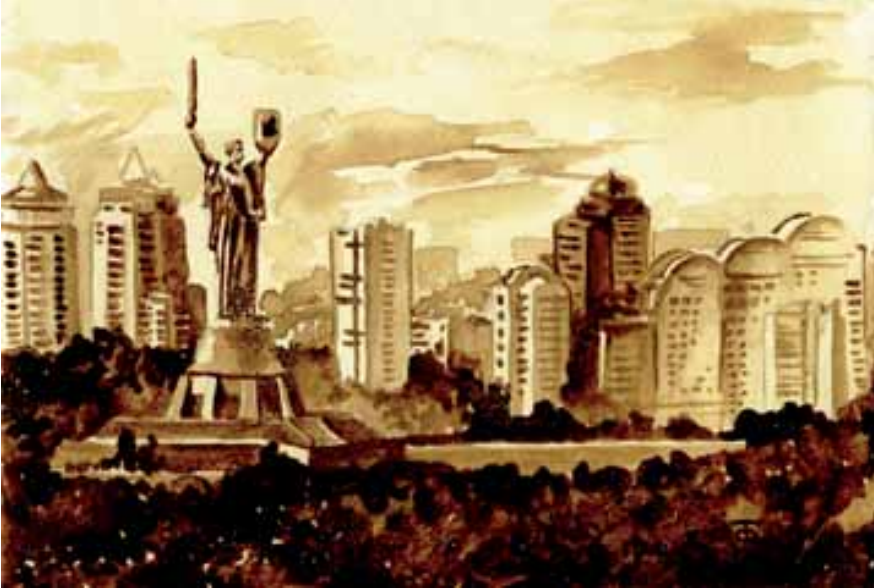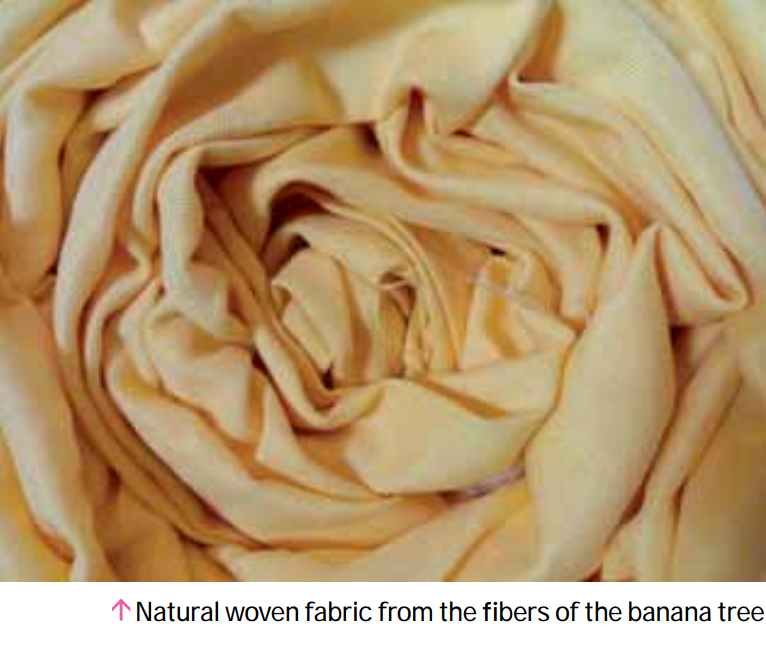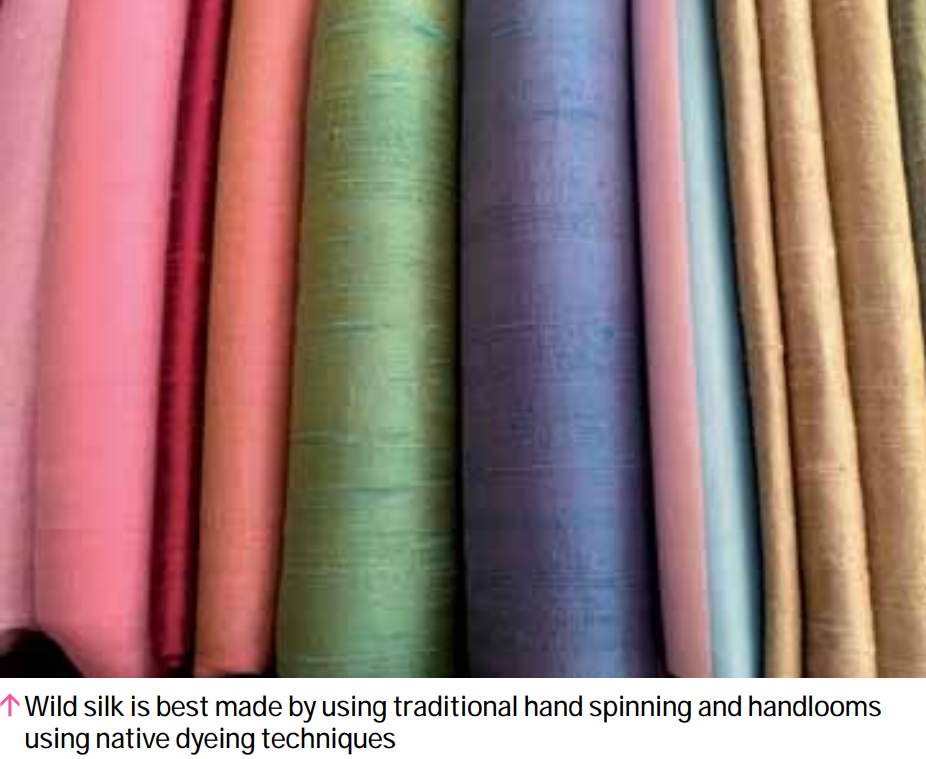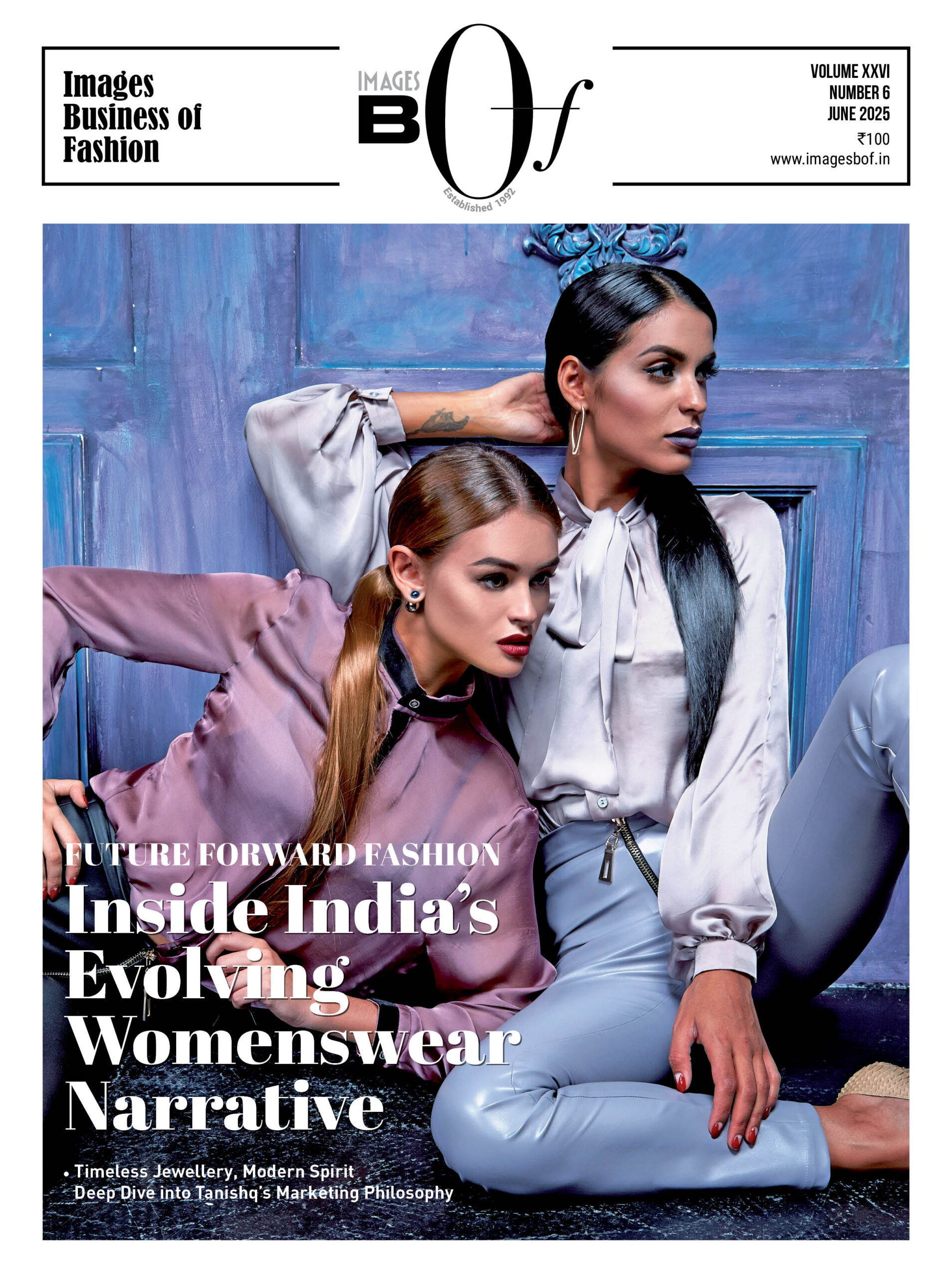Sustainability is the balance between human needs and nature’s resources, meeting the needs of the present without compromising the ability of future generations to meet their own needs. It is the belief that Earth’s resources are finite and they should be used conservatively and wisely. Long-term priorities and consequences of how resources are used, form the basis of the sustainability approach. This is achieved through the simple art of living, with eco-friendly and supporting sustainable practices. Sustainable practices support ecological, human, and economic health with vivacity.
Sustainability is present in many aspects of our day-to-day life. We can take care of the environment and we can define social well-being, with a balance of economic development. One of these aspects is ‘Art’. Art is a medium of expression and it can also be looked upon as a highlight of our world’s sustainable development. The sustainability process in the field of art and a similar process approach as observed in the field of Textiles, is being presented in this chapter.
Achieving a sustainable future is possible with certain changes in existing technology and consumption patterns. However, it needs a major shift in the approach to production processes. A typical production process involves Input, Process, and Output.
Input
Art which is made from natural materials, forms the key to bringing the joy of creativity, without jeopardizing natural resources.
Traditional art is made using physical mediums that have been used for years, like pencil and paper, charcoal, oil paint on canvas, etc. Digital art is an art form made using computer technology, typically using art software, a digital tablet, and a stylus. While traditional art is all about fine textures, is minimalistic, and embodies ‘less is more’, digital art lends freedom and convenience.
Most of the traditional art forms are sustainable. For example, in ancient times, Mysore Tanjore Art painters prepared their materials. The colours were from natural sources and were derived from vegetable or mineral substances such as leaves, stones, and flowers. Brushes used were made with squirrel or pointed grass blades of a special variety. Due to the durability of stone-based colours and plant-based colours used, the original Mysore paintings, retain their freshness and lustre even today.
Art has a close connection with nature. It has an enormous focus on subtly creating awareness about biodiversity. One such art form is the Tribal Gond Art comes from a tribe called Gondi, in Madhya Pradesh. Gond Art portrays nature with a general idea of biodiversity. The vibrant colours in Gond Art are achieved from the usage of cow dung, charcoal, coloured soil, and leaves. So, this example of art is completely sustainable.
Nowadays, a trend is seen to augment both materials and concept; and further to highlight sustainability through art forms. These trends include Sand Art, Land Art, Coffee Art, Collages, and Assemblage Art to mention just a few.
Fine-grained sand and water are used to create sand art. An artist can shape an attractive sculpture on the beach, with the help of fine-grained sand and his/ her tab impression of fingers. Sudarsan Pattnaik is a pioneer in Sand Art in Puri, Odisha. His works are stimulating and thought-provoking, as they encompass current affairs, festivals, sports, global peace, environmental issues, etc.

Another example of art is by using coffee and charcoal, along with waste paper. A collage of art can be made using recycled paper. Themes vary from touching upon sustainable social outcomes, during the recent pandemic – where people were in favour of moving towards a simple lifestyle contrary to urban life, enjoying practices like sourcing from local and living close to nature – to the war in Ukraine.
The other form of art which is popular today is digital art, which uses a very low amount of raw materials and chemicals – but since this requires the use of mediums like computers and tablets, which need power consumption, they don’t significantly contribute towards lowering carbon emissions. Instead, they have the opposite effect, increasing this consumption.
Just like in the field of art, a lot of sustainable inputs are being adopted in the field of Textiles and Apparel. One of them is the use of banana fibers. Apart from the consumption of fruit, leaves, and flowers in food and medicinal usage, the banana plant’s stem is used to extract fibers, which make fabrics and paper (or even tissues). A variety of fabrics can be woven from banana fibers and used in making apparel, bags, napkins, and packaging bags to mention a few things.
Another great example of textile sustainable input is the use of wild silk varieties, like Tussar, Eri, and Muga. India has the unique global positioning of producing these three wild silk varieties, which are naturally grown on trees in its natural environment. The silk produced is used in making sarees, dress material, and apparel, with or without dyeing, thus, preventing a lot of pollution to the environment. These wild silk products have been grown in India from time immemorial. They have their unique natural shades, are soft and lustrous, and make for great breathable fabric.
 Process
Process
Nowadays, we advocate ‘slow is good’ in all spheres of life – breathe slowly, eat slowly, live at a slower pace, etc. The practicality of creating and consuming slow work appears so much harder these days. With work deadlines, social media, and societal pressures, one can barely keep up with one’s own life, let alone make space for slow work.
While it sounds fruitful, slow work, is emotionally and intellectually taxing. Which is exactly what makes it so rich. When we immerse ourselves in slow work, our brains become fresh and malleable. Our perspectives change. In short, we start to learn in a more beautiful and enduring way.
Similarly, when a traditional artist produces a single, original piece of work, it makes the piece by its very definition unique and hard to replicate. Just looking at the art form makes one more considerate and thoughtful about the process, as fixing mistakes and reversing a process is a challenge.
Wild silk manufacturing has seen the development of new technology machines at the industry level, but it is best made by using traditional hand spinning and handlooms with native dyeing techniques. The traditional Tussar silks, also known as Kosa silks, have a characteristic texture with a natural golden hue and high lustre. These are hand washable and are easy to maintain. Even the Muga and Eri silk industries use traditional equipment to produce unique fabrics in India and many other parts of the globe.
The key outcomes of Input and Process are products and services, which have an impact on sustainability.
 Output
Output
Nowadays, modern digital art is being purchased, stored, and traded by Non-Fungible Tokens (NFT) to make quick profits with higher returns. This leads to a digital overload. Here there is a feeling of being overwhelmed as NFT is available to the end consumer through multiple digital tools and platforms.
NFTs – much like cryptocurrency and Blockchain technology before them – are the future of art, its commerce, and its ownership. Or at least, this is how the whole world is perceiving NFT today. The quality of art is perceived differently from creators as well as consumers and the art quality aspect is less in focus.
NFTs harm the environment. They increase carbon footprint, as they require enormous quantities of computer storage and transaction power. The supply of NFTs is growing quickly, so their price appreciation may be reduced. Collecting art forms like NFT can be fun for the young generation, but if they don’t have proper utility, then it would just be an exercise of art collection and it would not attain a higher price appreciation in the future.
 On the other hand, with extreme globalization, the cost of transportation of traditional art across the globe is high. Eco-friendly options should be sought after to reduce the cost. One such option is to increase local art production to promote native artists with a local flavour.
On the other hand, with extreme globalization, the cost of transportation of traditional art across the globe is high. Eco-friendly options should be sought after to reduce the cost. One such option is to increase local art production to promote native artists with a local flavour.
The output of textiles from banana fibers and silk is varied and fascinating – they result in rich natural fabrics and are even used to make paper and wipes. A brand named Ecoelate has launched retail stores across South India that offer banana fiber products like shirts, towels, napkins, bedlinen, sarees, stoles, dhotis, etc.
The output of Wild Silks is also used to make a wide variety of products including sarees, scarves, stoles, kurtas, and jackets. Home textiles and drapes form another application of these silks.
Bhagalpuri Silks and Kantha Stitch Sarees with Madhubani art patterns are produced in traditional weaving centres of East India and these products are so durable, that they are passed on from one generation to another in families, serving as heirlooms. The Muga variety of Wild Silk is even used to make traditional Kimonos in Japan as well as exquisite bridal wear in Assam – both of which are extremely durable and outlive many generations. Eri Silk yarn is thick or coarse and hence is used to blend with wool or jute to make home textiles.
The usage of silk in the hospitality industry has led to higher valuations of these products with economic growth prospects for the producers. The Central Silk Board in India has worked to identify genuine silk products by running campaigns for Silk Mark.
A strong correlation can be seen between sustainability practices in the process of creating varied art forms and the science and technology of producing textiles, and just like art, we have learned over the years that textiles and apparel too have a significant scope of achieving sustainability shortly. However, it is an undeniable fact that none of these goals towards sustainable practices can be achieved without inclusive leadership and the inclusion of all stakeholders across the ecosystem – from farmers and farm practices to producers, manufacturers, sellers, and the end consumer.There needs to be a complete revolution seen across the globe in all fields – Input, Process, and Output, to meet the world’s common goal of sustainability – a lowered carbon footprint and minimal waste.



